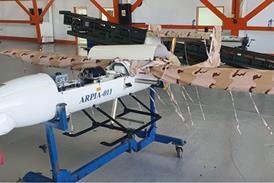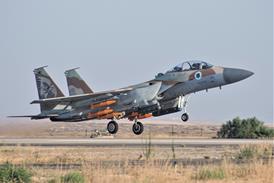Indonesia's National Transport Safety Committee believes that the engine recovered from a Lion Air Boeing 737 Max 8 which crashed on 29 October had been functioning normally at the time of the accident.
Speaking at a 5 November press conference, NTSC chief Soerjanto Tjahjono indicated that the agency had not in an initial inspection found any problems with the engine recovered from the sea on 3 November. The engine's turbine and compressor are still missing.
Based on the pieces of wreckage recovered to date, it is likely that the 737 made a high-speed dive into the sea and "did not explode while in the air", he adds.
A landing gear and its components were also recovered on 2-3 November. A crash-survivable memory unit from the flight data recorder had been recovered on 1 November.
Tjahjono says that while the cockpit voice recorder has yet to be found, the NTSC was able to download 69h of data from the FDR, covering 19 flights, including the one that the 737, registered PK-LQP, was operating when it crashed.
Meanwhile, Indonesia's national search and rescue agency Basarnas has extended its efforts by an additional three days, while simultaneously adding the number of personnel deployed to assist in the efforts.
Basarnas chief Muhammad Syaugi says that ping detectors have picked up signals from the CVR, but divers have not been able to find the recorder. A muddy seabed had complicated the search, he notes.
PK-LQP was operating flight JT610 from Jakarta's Soekarno-Hatta International airport to Pangkal Pinang when it crashed into the sea near the town of Karawang. There were 189 on board.
Source: Cirium Dashboard


























